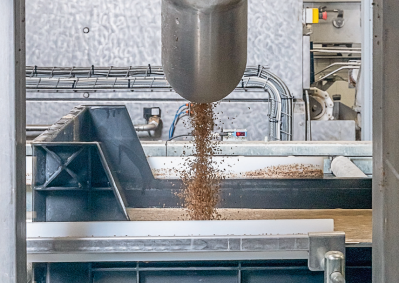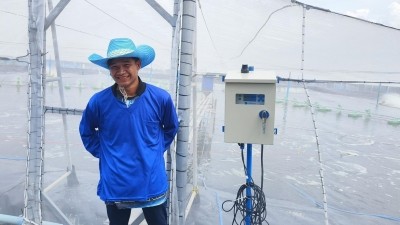Move on to accelerate growth in Australian insect industry

The goal of its Australian Insect Industry RD&E Plan 2023-2028 is to help Australia position itself to capitalize on “this incredible commercial opportunity” for a sustainable long-term future.
The organization, which is one of 15 entities that service the research, development, and extension (RD&E) needs of Australian rural industries, maintains that insects such as black soldier fly (BSF) larvae, mealworms and crickets are a highly efficient and sustainable alternative to traditional protein sources for human food and animal feed and that insect frass can also act as an organic fertilizer.
The Australian insect industry has witnessed increased investment over the past decade, noted the report. That financing has been underpinned by the belief the sector has the potential to address several global challenges including food waste, climate volatility and the growing population’s increasing demand for protein.
In 2020, AgriFutures Australia commissioned the development of an initial RD&E Plan for the insect industry. Since then, the sector has matured significantly, it explained.
"The context in which the industry operates has evolved, rendering the former plan obsolete. The purpose of this project was to develop an updated, strategic and industryendorsed Australian Insect Industry RD&E Plan (the Plan) for the period 2023-2028."
Key priorities
The new roadmap was developed in close consultation with the Insect Protein Association of Australia (IPAA), the primary industry body representing the Australian insect protein industry, with stakeholders such as insect producers, manufacturers, downstream customers, waste management companies, fertilizer companies and researchers involved.
The strategy identifies five focus themes to address key barriers to scale and to improve the Australian industry’s competitive advantage.
One of the key priorities of the plan was to establish best practice guidelines and standards to shore up the credibility and quality of the industry, said IPAA chair, Duncan Rowland.
“We’ve also got to be able to enhance, strengthen and grow the industry’s capacity and capabilities. Australia is about 10 years behind what is happening in the EU and North American insect industries but by addressing the priorities identified in the plan, we will be able to significantly close that gap,” he noted.
Other priority themes include efficiencies and optimization for current systems, opening up new markets, products and use cases, market development, consumer education and social license to operate.
One of the greatest opportunities for the industry is in the replacement of protein meals in animal feed, said Rowland.
“Australia imports about 55,000 tons of soybean meal every fortnight and we have a huge opportunity there to substitute that out for Australian-grown protein meal.”
Domestic market
The IPAA was formed in 2017 to support members and increase the profile of insect farming. In 2020, there were at least 14 active Australian insect businesses, primary producers and/or insect-based product manufacturers. Three years later, and the number of active producers has decreased, but the total production volume, and subsequently industry value, has jumped, reported the association.
“Increased demand for insect products has catalysed industry growth. Drivers, according to industry participants, include sustainability pressures on food and feed industries; improved regulatory clarity; and consumer trends toward convenience, sustainability, and experiential dining.
“The fact several domestic producers have also reached commercial scale, and can now service larger offtake contracts, has also been key in building downstream industry confidence and demand.”
The local industry features both insect producers and insect product manufacturers, according to the report. Most are using BSF or crickets. Mealworms are also being explored.
The main markets for insect protein are human food, pet food and animal feed – aquaculture and poultry.
Human food markets are being accessed via retail, wholesale, direct-to-consumer, and foodservice channels. Human food products include powders and products utilising insect protein powder, such as chips and pastas.
















